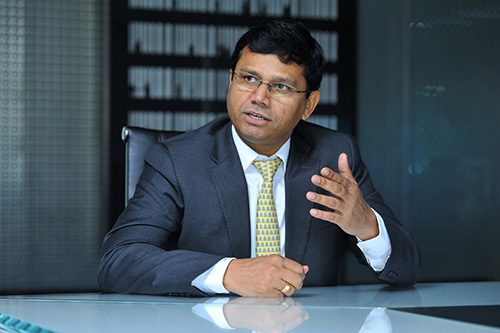
It used to take a long time for a foreign investor to get a trading licence; onboarding was a time-consuming and complicated process.
Under the old system, FIIs had to go through multiple bureaucratic procedures before they could obtain a licence to invest in Indian capital and debt markets. This process had put off several large institutional investors from looking at India as an investment destination.
“Just a few years ago, it used to take a long time for a foreign investor to get a trading licence,” says Sanjay Singh, Head of Global Markets at BNP Paribas India. Onboarding was a time-consuming and complicated process, which often took several months to complete.

Destination India
Within 14 months of introducing the new regime, over 1,000 fresh FPIs had registered. Five years on, there are now more than 9,000 FPIs registered in India, marking a noteworthy milestone. According to Christophe Beelaerts, Chief Executive of BNP Paribas Securities Services India, the smoother entry process and onboarding experience has led to a significant fall in waiting time “from several months to around four to six weeks, which is quite an achievement”. This is a boon for investors.The smoother entry process and onboarding experience has led to a significant fall in waiting time from several months to around four to six weeks, which is quite an achievement.
What’s next?
India continues to be an attractive investment destination for global investors, as the Indian government, SEBI and the Reserve bank of India (RBI) continue the process of evaluating and easing regulations to ensure easy access to the Indian capital markets.
There is no doubt these new regulations make life much easier for investors. “Everything is much more streamlined,” says Beelaerts. “The custodian, rather than the regulator, is in charge of compliance and KYC. The real, tangible benefits have been felt by the client and the foreign investor is keener than ever to put their money in India.”